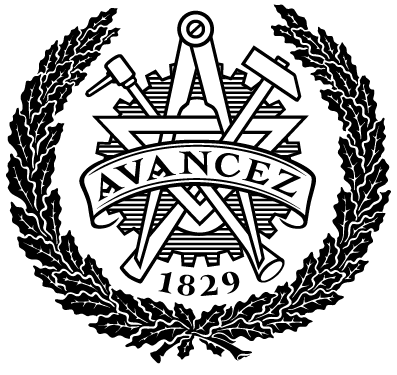Enhancing Internal Logistics through Automation A Case Study at Volvo Trucks Tuve
| dc.contributor.author | Abda, Deler | |
| dc.contributor.author | Khanafer, Ali | |
| dc.contributor.department | Chalmers tekniska högskola / Institutionen för teknikens ekonomi och organisation | sv |
| dc.contributor.department | Chalmers University of Technology / Department of Technology Management and Economics | en |
| dc.contributor.examiner | Hanson, Robin | |
| dc.contributor.supervisor | Hanson, Robin | |
| dc.date.accessioned | 2025-06-23T11:03:02Z | |
| dc.date.issued | 2025 | |
| dc.date.submitted | ||
| dc.description.abstract | This thesis analyzes the internal logistics system at Volvo Trucks’ plant in Tuve, with a particular focus on the internal transport system. The main goal of this study is to identify inefficiencies and investigate the potential for automation within two specific transport categories: Synchronous deliveries, which includes the delivery of sequenced, kitted, and subassembled parts, and Pallet on Wheels (PoW) deliveries, which involve transporting pallets using tugger trains to kitting and subassembly stations. A set of different methods were used to achieve the study objectives, such as on-site observations, supported by time studies, interviews, and internal document analysis. Au- tomation concepts, both from suppliers and used internally at Volvo, were evaluated to assess their suitability to the two transport categories. Automating the PoW process turns out to be difficult due to many steps that need to be done manually. Even if transport is automated, key tasks such as pallet switching still require human intervention, which limits efficiency gains. The high number of delivery points and the need to integrate with IT systems further increase automation challenges and complexity, thus even implementation cost. Additionally, several inefficiencies related to PoW were identified, including space inefficiency. As a result, the study recommends reconsidering PoW as a delivery method to achieve higher automation potential and space efficiency. Synchronous deliveries, on the other hand offer higher potential for automation. Chal- lenges with Synchronous deliveries include varying material handover methods and high part variation, which increases the need for customized carts. The study suggests using more AGVs combined with Karakuri mechanisms to enable automated delivery at the point of use. | |
| dc.identifier.coursecode | TEKX08 | |
| dc.identifier.uri | http://hdl.handle.net/20.500.12380/309597 | |
| dc.language.iso | eng | |
| dc.setspec.uppsok | Technology | |
| dc.subject | Internal transport | |
| dc.subject | Logistics | |
| dc.subject | Automation | |
| dc.subject | Robots | |
| dc.subject | AGV | |
| dc.subject | Forklifts | |
| dc.subject | Tugger trains | |
| dc.subject | Production | |
| dc.title | Enhancing Internal Logistics through Automation A Case Study at Volvo Trucks Tuve | |
| dc.type.degree | Examensarbete för masterexamen | sv |
| dc.type.degree | Master's Thesis | en |
| dc.type.uppsok | H | |
| local.programme | Production engineering (MPPEN), MSc |
